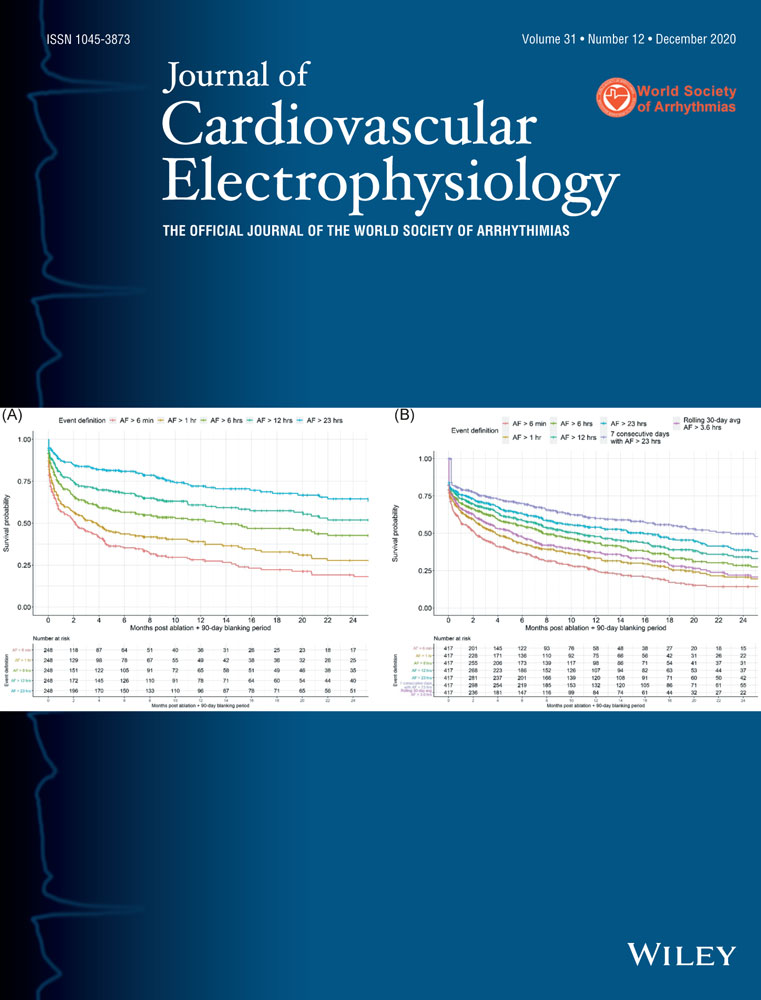Electrophysiologic approach to diagnosis and ablation of patients with permanent junctional reciprocating tachycardia associated with complex anatomy and/or physiology
Disclosures: None.
Abstract
Introduction
Permanent junctional reciprocating tachycardia (PJRT) is a rare supraventricular tachycardia (SVT), typically involving a single decremental posteroseptal accessory pathway (AP).
Methods
Four patients with long RP SVT underwent electrophysiology (EP) study and ablation. The cases were reviewed.
Results
Case 1 recurred despite 3 prior ablations at the site of earliest retrograde atrial activation during orthodromic reciprocating tachycardia (ORT). Mapping during a repeat EP study demonstrated a prepotential in the coronary sinus (CS). Ablation over the earliest atrial activation in the CS resulted in dissociation of the potential from the atrium during sinus rhythm. The potential was traced back to the CS os and ablated. Case 2 underwent successful ablation at 6 o'clock on the mitral annulus (MA). ORT recurred and successful ablation was performed at 1 o'clock on the MA. Case 3 had tachycardia with variation in both V-A and A-H intervals which precluded the use of usual maneuvers so we used simultaneous atrial and ventricular pacing and introduced a premature atrial contraction with a closely coupled premature ventricular contraction. Case 4 had had two prior atrial fibrillation ablations with continued SVT over a decremental atrioventricular bypass tract that was successfully ablated at 5 o'clock on the tricuspid annulus. A second SVT consistent with a concealed nodoventricular pathway was successfully ablated at the right inferior extension of the AV nodal slow pathway.
Conclusion
We describe challenging cases of PJRT by virtue of complex anatomy, diagnostic features, and multiple arrhythmia mechanisms.




